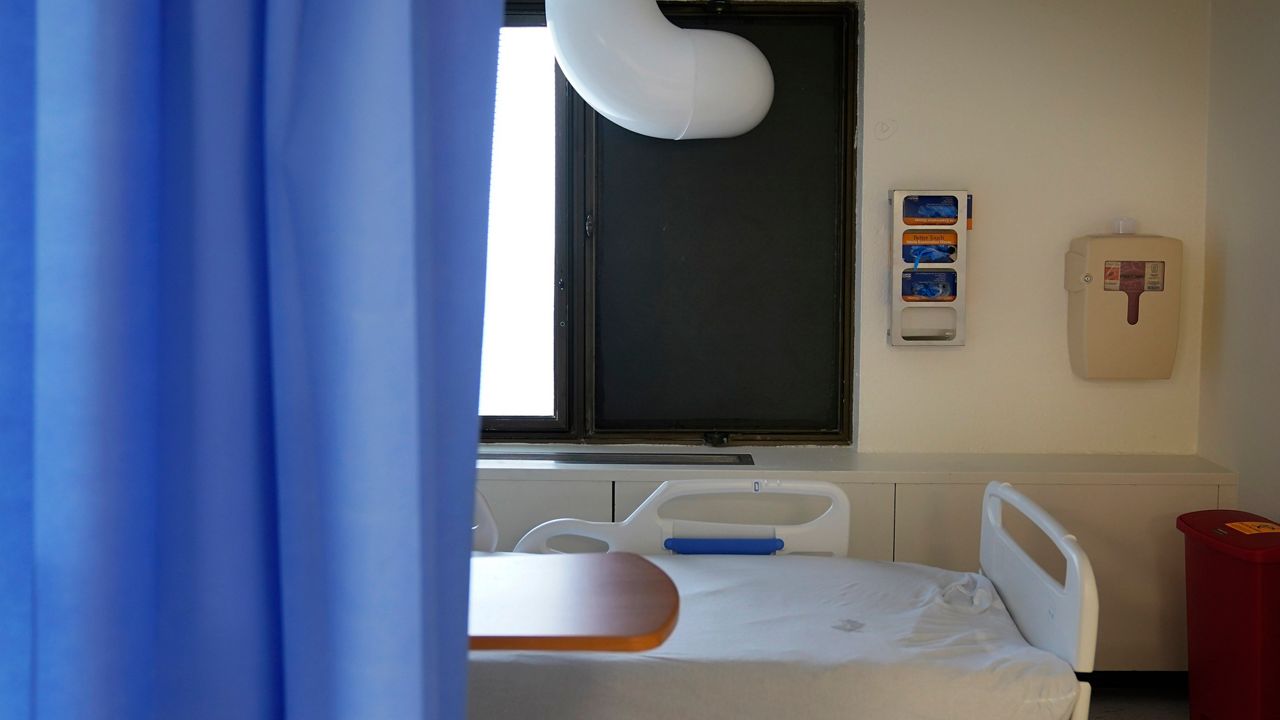It’s still just a prototype, but a team at MIT is developing a flexible fiber battery that can be extended to several meters, capable of adapting to any wearable device or something more complex, like a 3D printed part.
It is a rechargeable lithium-ion battery that demonstrates that it is possible to create batteries in any format in order to adapt to the most diverse needs.
In the image shared by MIT we can see a small aquatic robot with a coiled rope that is nothing more than a flexible battery.
This battery, the researchers explain, is rechargeable lithium-ion in an ultra-long fiber that can be woven. Thus, it lets you charge a variety of wearable electronic devices and can even be used to create 3D printed batteries in any format.
A flexible fiber battery, the future of wearables
Thus, new possibilities of communication, sensors and self-powered electronic devices, used in common clothes or other products, are envisioned.
Materials, such as lithium, were placed inside the fiber structure, with a protective coating on the outside, and incorporated new electrode and electrolyte gels, making it fire resistant. Thus, it is then possible to build thinner and more flexible batteries than before. However, it should be noted that the storage capacity is very limited, only 123 mAh.
In this proof of concept now presented, the team created the world's longest flexible fiber battery, 140 meters long, to demonstrate that the material can be used continuously. But the researchers say the 140 meters is not a limit, noting that it is possible "to safely make a battery with a kilometer".
In the future, the team, led by Tural Khudiyev, intends to continue to experiment with this approach, and to extend it to other materials that could influence efficiency and storage capacity.
-


